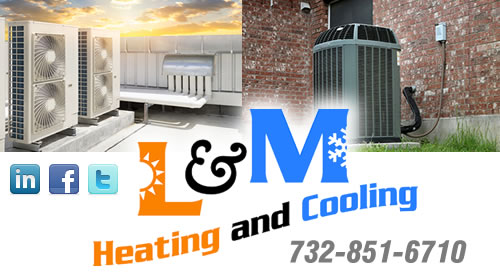When the cold temperatures hit, it’s essential to prepare your HVAC system for the snow and ice. Putting in a little extra care when the temperatures begin to drop will keep it working properly when it’s time to use it again. Here are some easy ways to winterize your HVAC unit.
Clear the Area
Before the snow and ice of winter hit, it’s important to clear the area around your AC unit of any debris. Remove sticks, leaves, and weeds and spray the outside of the unit down with your garden hose. This will remove any dirt, dust or bugs that may have accumulated over the summer. Allow it to dry completely.
Insulate the Pipes
To prevent the pipes on your unit from freezing, apply tubular foam installation. Look for a foam installation with self-adhesive to make the job easier.
Cover Your Unit
By using a waterproof air conditioner cover, you can prevent ice, snow and rain from entering your unit. Keeping your HVAC system dry during the winter will prolong its life and keep it working smoothly in the summer.
Keep an Eye on Your Unit
During the winter months, be sure to check on your AC unit periodically. Remove any ice or snow that may have accumulated on the top, even if it’s covered. Make sure the cover is properly placed and adjust it if needed.
Cut the Power Supply
Your outside central air conditioning unit has an electrical circuit box that usually has a metal or plastic lid. Open the lid and switch the power supply off. Turning the power off will prevent it from turning on in warmer temperatures which could cause water to enter the unit and freeze when the temperatures drop again. Be sure to turn it back on in the spring.
For help winterizing your HVAC system or for any questions on how to do so, call L&M Heating and Cooling today.

